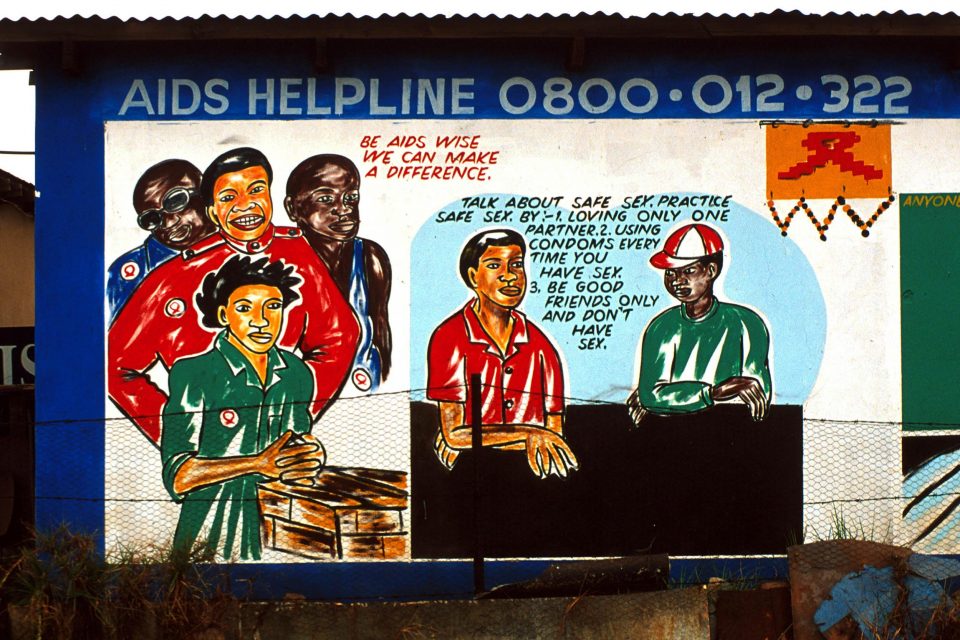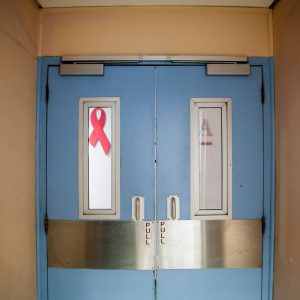People with HIV should be central to prevention efforts
HIV and Aids programmes will work better if they integrate the message of the U=U campaign about the relationship between viral suppression and halting the sexual transmission of HIV.
Author:
3 December 2020

The message is simple to understand. An undetectable viral load in people living with HIV equals an untransmissible virus: U=U.
The success of this concept, however, depends on strict adherence to antiretroviral therapy (ART). Most people who take ART as prescribed become virally suppressed, that is to say the medicines suppress the virus to such an extent that it cannot be detected with standard tests and that there is so little of it in the body that people cannot transmit it. ART is not a cure, however, and if you stop taking it, the virus can quickly start multiplying again, both making you infectious and harming your own health.
This is not some abstract theory.
As an HIV prevention and treatment advocate and a nurse clinician in an HIV discordant marriage for 17 years, I am living proof that U=U works. Adherence to ART and viral suppression protected my husband from contracting HIV from me and prevented my two beautiful daughters from becoming HIV-positive.
Large studies (like HPTN052 and Partner) of sexual HIV transmission among thousands of couples, where one partner was living with HIV and the other was not, were undertaken between 2007 and 2016. There were no genetically linked infections while the HIV-positive partner was virally suppressed. Recent studies such as Opposites Attract and Partner2, an extension of Partner focusing on HIV-discordant MSM (men who have sex with men) couples, report similar results. None of these studies observed any linked infections while the HIV-positive partner was virally suppressed and the couples were engaging in sex without condoms and not using pre-exposure prophylaxis, known as PrEP: antiretrovirals (ARVs) taken to prevent infection.
The numbers
The latest estimates from the Thembisa model of HIV in South Africa, released on Tuesday 17 November, indicate that around 7.6 million people were living with HIV in South Africa in 2019. This amounts to around 13% of the population.
It is crucial that we empower the 7.6 million people living with HIV with knowledge about the benefits of ARVs to their health and the power they have to prevent onward transmission.
South Africa has done a lot to invest in its HIV programme and the country is working towards achieving the United Nations Programme on HIV and Aids (UNAIDS) 90-90-90 targets. These targets include ensuring that 90% of people living with HIV know their HIV status, 90% of people who know their status are on ART and 90% of all patients receiving ART are virally suppressed by 2020.
Related article:
It is estimated that 92% of people living with HIV in South Africa in 2019 knew their status. While presenting the new Thembisa estimates during a South African National Aids Council webinar, doctor Leigh Johnson from the University of Cape Town said this is good as it means we have met the first of the UNAIDS targets. But, he went on to say, we are unfortunately not doing well on the second target with only 71% of people diagnosed with HIV on treatment. The country exceeded the third target with 91% of people living with HIV and on treatment virally suppressed.
Even though the viral suppression rate among those on ART has exceeded the target, the indicator must be interpreted in the context of low reported ART coverage. If you take into account all people living with HIV in South Africa (diagnosed and undiagnosed, on treatment and not on treatment), around 40% of everyone living with HIV is not virally suppressed – and thus potentially infectious.
This is the gap that U=U aims to close.
Gaps in current HIV prevention programmes
The South African government has highlighted a number of HIV prevention programmes to reduce the annual number of new infections to under 100 000 by 2022. These programmes include prevention of mother-to-child transmission, condom distribution, voluntary medical male circumcision and PrEP.
All these programmes are important, but what is lacking is an explicit acknowledgement that the best way to prevent infections is to help people living with HIV to become non-infectious. What is lacking is the vision and ambition of a campaign like U=U.
The government deserves credit for its universal test and treat policy that seeks to ensure people living with HIV start treatment as soon as they are diagnosed. Programmes like Central Chronic Medicines Dispensing and Distribution that make getting hold of ARVs more convenient for people are also a step in the right direction. But all these programmes will work better if they can integrate the empowering, client-centred messaging of U=U, which places people living with HIV, rather than the government, at the centre of prevention efforts.
Related article:
In addition to people living with HIV who have stopped or never started treatment, there are also those who are in care and collecting their treatment regularly, but whose viral loads are not monitored timeously. The first national analysis of repeat viral load testing in South Africa showed that 85% of people on HIV treatment with increasing viral loads received further monitoring, but only half did so within the recommended time. This means that in some cases increased viral loads, which means people become infectious, may not be detected before HIV transmission takes place.
Clearly we also have to ensure that everyone on treatment gets regular viral load tests, results are communicated swiftly and action is taken if results are abnormal.
A powerful solution
People living with HIV, given a chance, have the power to lead the HIV prevention agenda successfully. This is clear from the fact that across all the studies I cited above, there were no linked HIV transmissions observed between mixed-HIV-status partners when the partner with HIV was virally suppressed.
In ART we have the tools to allow almost everyone to achieve viral suppression. In our laboratory service, we have the capacity to give everyone regular viral load tests. What is needed is for the government to make these services available in an efficient and professional way that keeps people coming back.
But we also need to empower people with knowledge. The goal of the U=U campaign is to increase awareness about the relationship between viral suppression and its ability to halt the sexual transmission of HIV. Specifically, awareness that people living with HIV who take their ART daily as prescribed and achieve and maintain an undetectable viral load, cannot sexually transmit HIV to their partners.
Mandisa Dukashe is an Avac fellow 2020, nurse clinician, and HIV prevention and treatment advocate. This article was first published in Spotlight.


